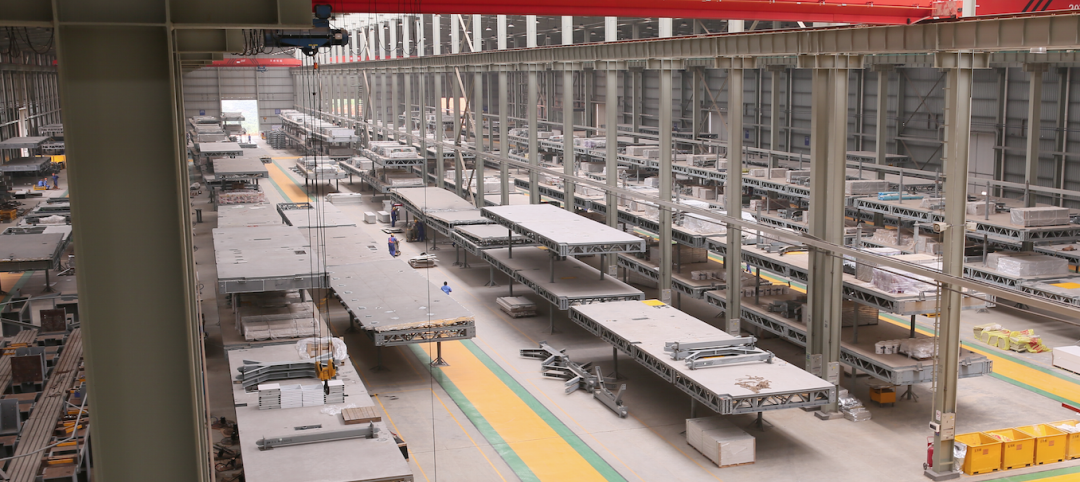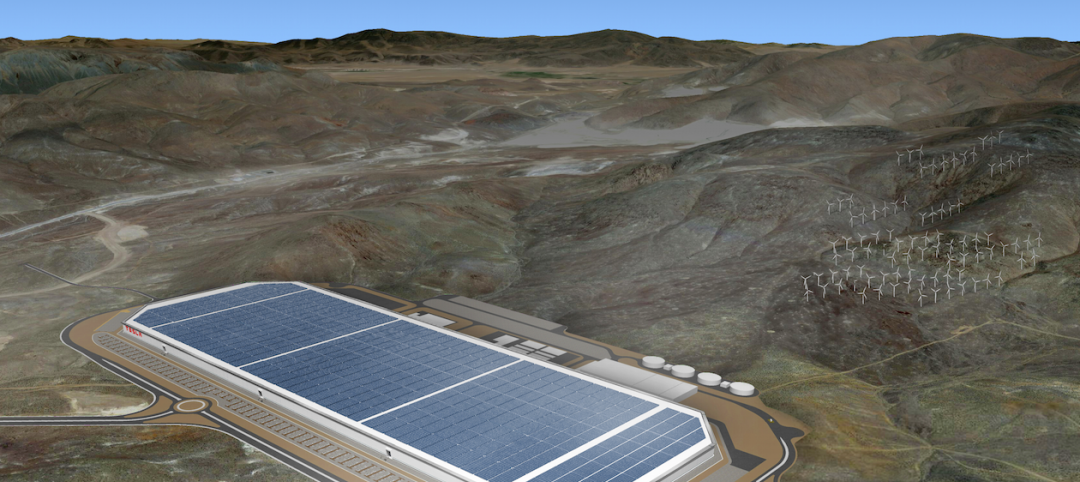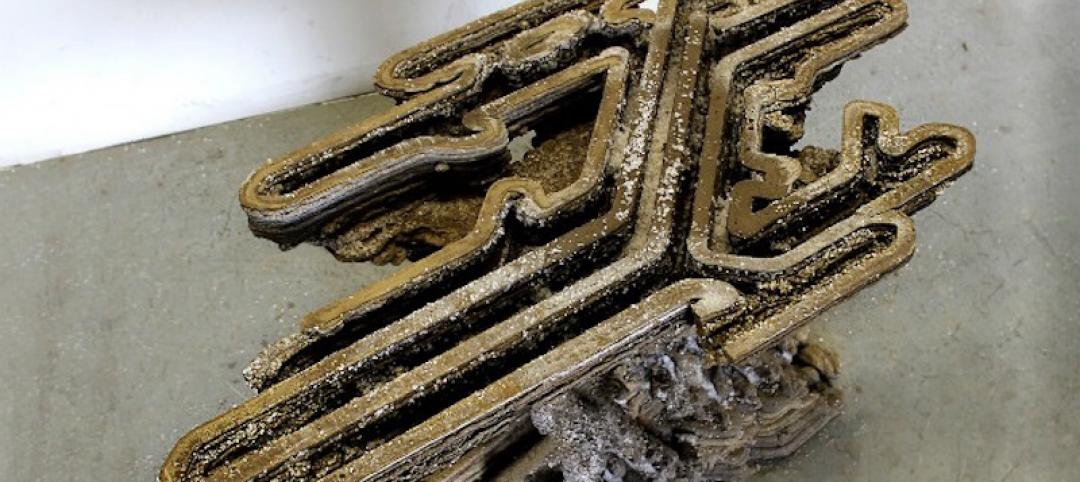Schindler—which manufactures and installs elevators, escalators, and moving walkways—has created a robot called R.I.S.E. (robotic installation system for elevators) to help install lifts in high-rise buildings.
Schindler calls R.I.S.E. the world’s first self-climbing, autonomous robotic system, saying it provides high-level accuracy, better-quality installations, improved planning with BIM integration, and improved worker safety.
As buildings are growing taller and wider, they place increasingly challenging demands on installation schedules. To date, elevators have been installed manually: Mechanics go into the elevator shaft to determine the correct mounting position of guide rail brackets, while drilling holes in the concrete walls to position the anchor bolts that hold the brackets. The same repetitive, manual procedure applies to the installation of elevator landing doors.
Watch R.I.S.E. in action:
With Schindler R.I.S.E, the Switzerland-based company has fully automated this part of the installation process. As a result, the elevator fitting can be done more quickly and accurately, while also improving the health and safety conditions for technicians. The innovation was shortlisted in the Innovation Leaders category of the Swiss Technology Award.
“As buildings are becoming higher and are erected faster, Schindler R.I.S.E is an effective tool in the tall building industry. It makes installations faster, safer, and more accurate, all benefiting our customers and technicians,” Thomas Oetterli, Schindler CEO, said in a statement. “Schindler R.I.S.E also serves as a flagship project for the general introduction of robotics in the construction industry to increase safety, quality, and efficiency on construction sites.”
Schindler R.I.S.E was first deployed in 2017 as a prototype. It then underwent testing on projects including The Circle at Zurich Airport. In 2020, after completing the testing phase, Schindler R.I.S.E was first deployed in Vienna’s TrIIIple project and Warsaw’s Varso Tower. The robot also has been used for Dubai’s Uptown Tower.
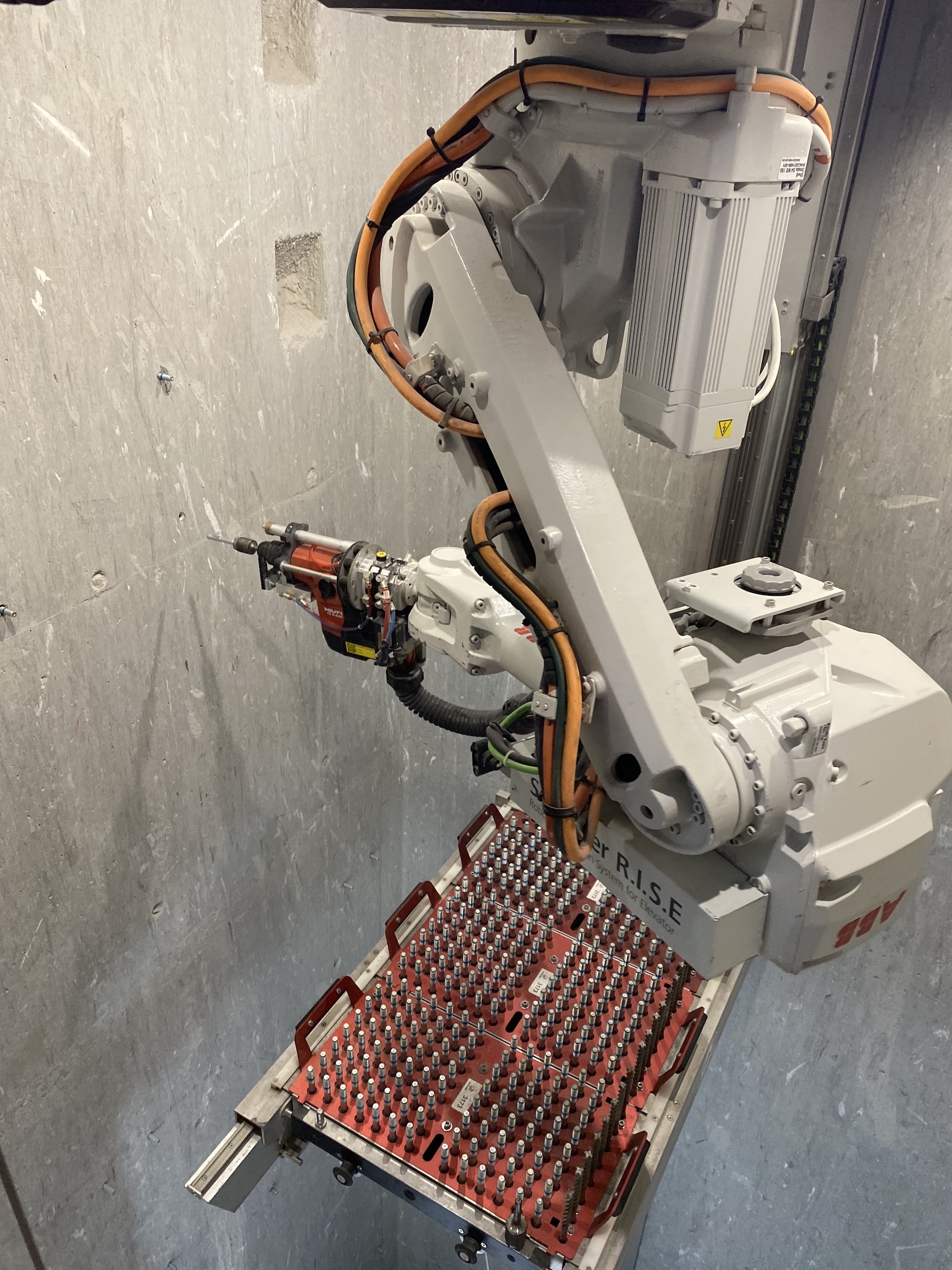
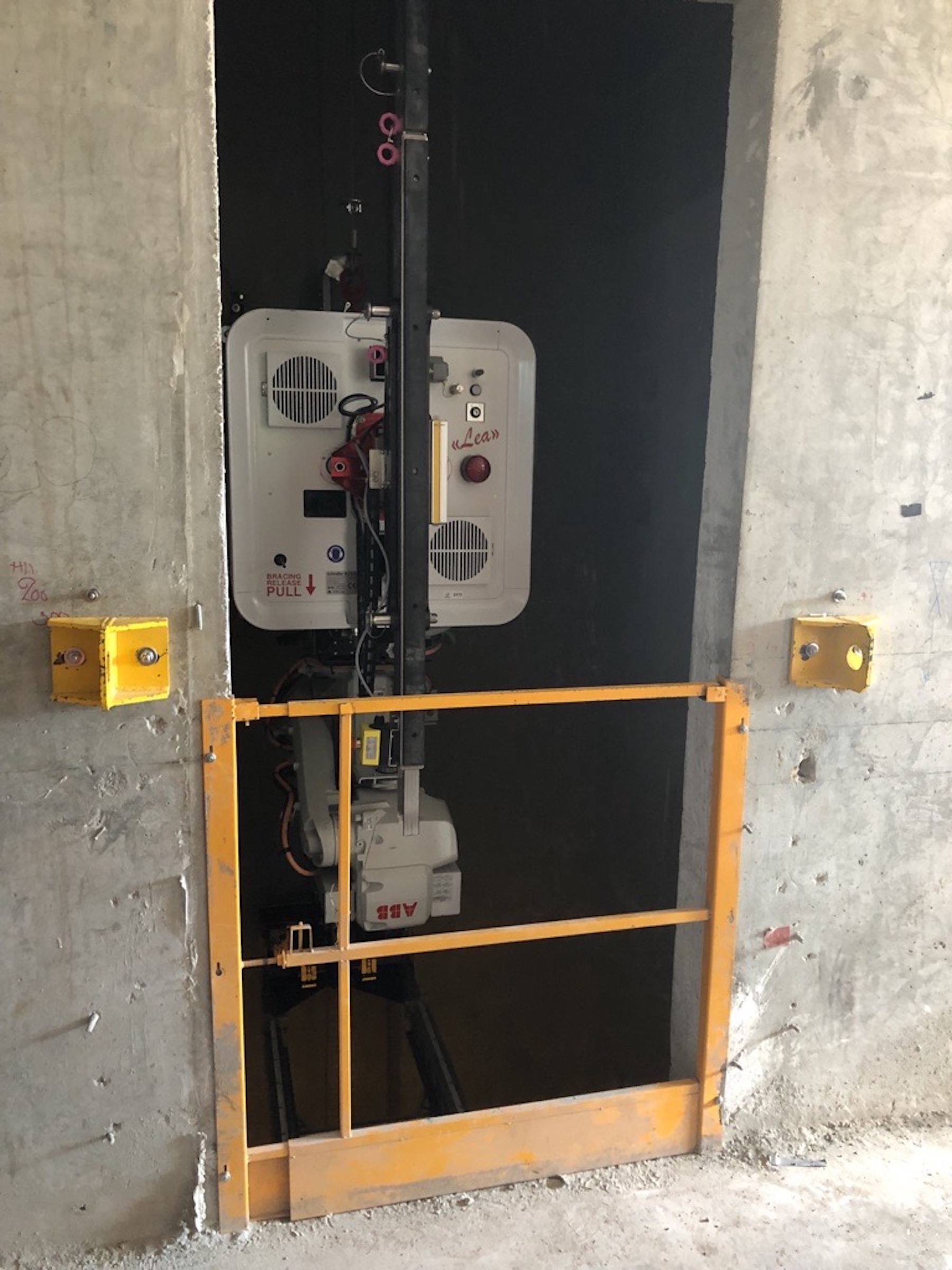
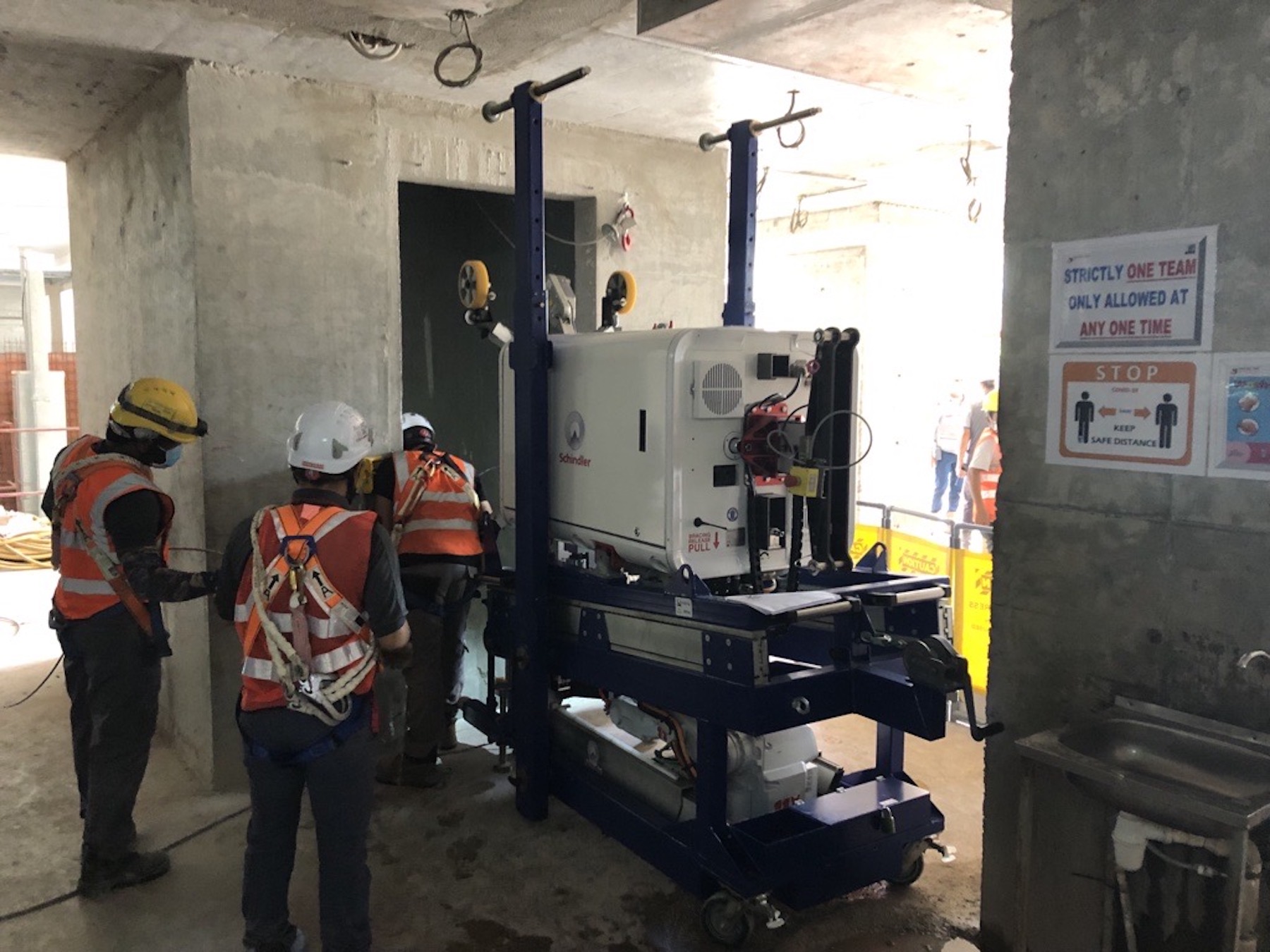
Related Stories
AEC Tech | Mar 10, 2016
Is the Internet of Things the key to smarter buildings and cities?
Experts say yes. But what’s needed is a point person who makes sure that sensing devices can “talk” to each other.
Multifamily Housing | Mar 10, 2016
Access and energy control app clicks with student housing developers and managers
Ease of installation is one of StratIS’s selling features.
AEC Tech | Mar 8, 2016
WiredScore offers developers competitive advantage in marketing
Designates best-in-class Internet connectivity.
Game Changers | Feb 5, 2016
London’s ’shadowless’ towers
Using advanced design computation, a design team demonstrates how to ‘erase’ a building’s shadows.
Game Changers | Feb 5, 2016
Asia’s modular miracle
A prefab construction company in China built a 57-story tower in 19 days. Here’s how they did it.
Game Changers | Feb 5, 2016
Tesla: Battery storage is not just about electric vehicles
With his $5 billion, 13.6 million-sf Gigafactory, Tesla’s Elon Musk seeks to change the economics of battery energy storage, forever.
BIM and Information Technology | Jan 27, 2016
Seeing double: Dassault Systèmes creating Virtual Singapore that mirrors the real world
The virtual city will be used to help predict the outcomes of and possible issues with various scenarios.
3D Printing | Jan 25, 2016
Architecture students create new method for 3D printing concrete
The team's Fossilized project allows for structures that are more varied and volumetric than other forms so far achieved.




